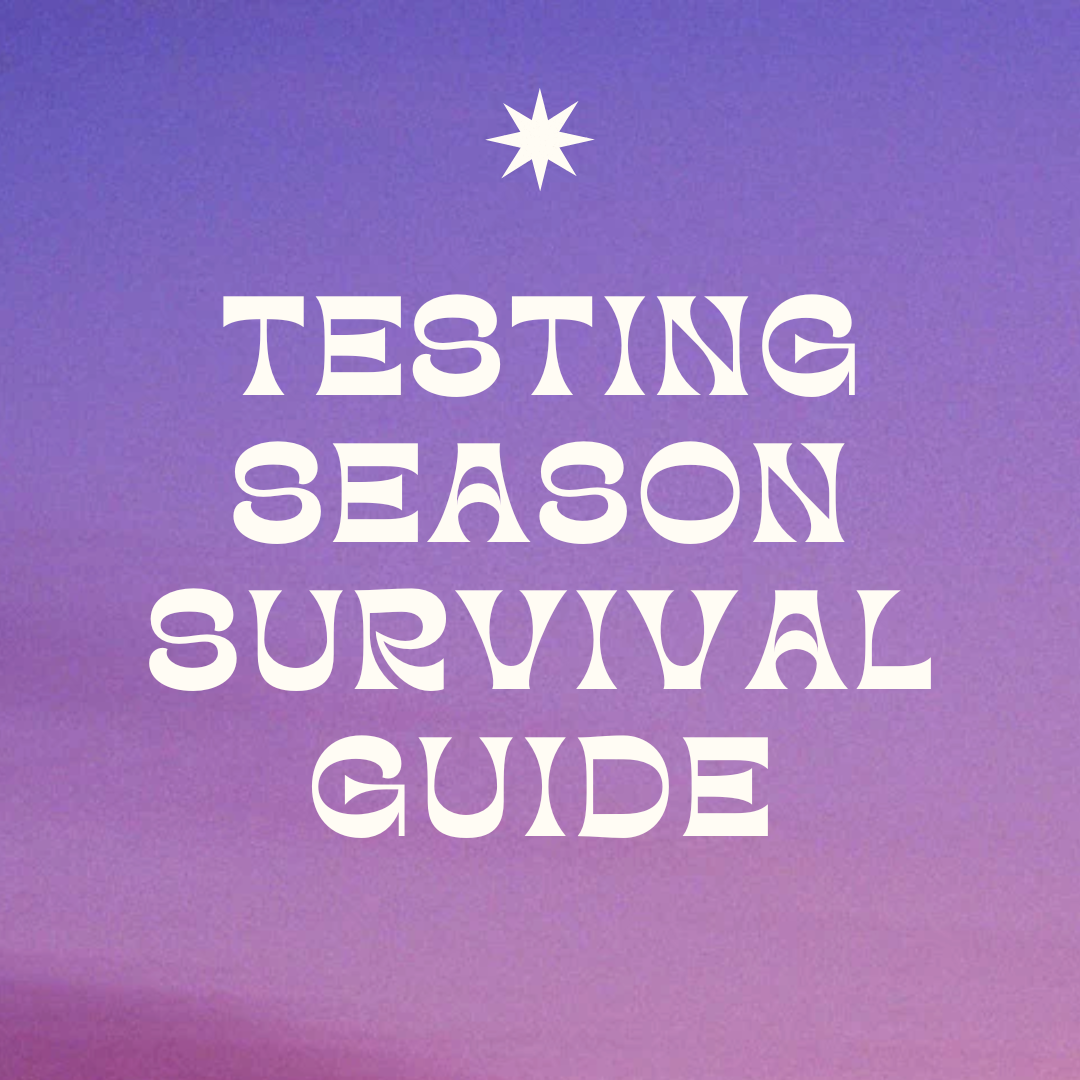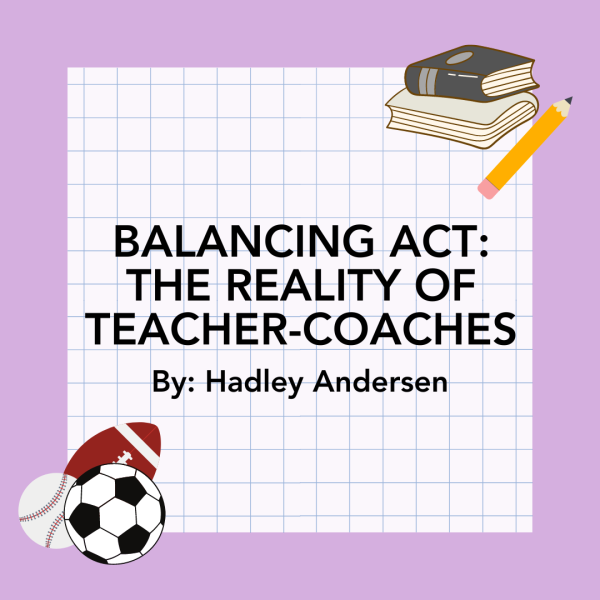More Than Just The Winter Blues
Seasonal Affective Disorder (SAD) is an often overlooked mental health issue that affects many, yet there are numerous people who do not know it exists.
December 19, 2018
Disclaimer: If you believe you have Seasonal Affective Disorder, or any other form of depression, make sure to be diagnosed by a medical professional. Self-diagnosis can be misleading and is often incorrect.
For some, the winter months trigger a feeling of hopelessness and despair. Often written off as just “the winter blues”, these emotions may actually be linked to a deeper psychological issue, a form of seasonal depression called Seasonal Affective Disorder. Seasonal Affective Disorder, or SAD for short, impacts more than half a million Americans, but it is not often acknowledged as a legitimate form of mental illness.
Cause
According to Novant Health, a medical network organization, “Sunlight regulates your sleep-wake cycle. When daylight hours begin to shrink in the fall, your body clock can get out of whack — even before daylight saving time ends. SAD is a sign your body is struggling with this natural seasonal reset.” However, the exact causes of SAD have not yet been found, as researchers are still looking for more information on seasonal depression.
Don St. John, a physician assistant with the University of Iowa Behavioral Health Department, explains the difference between normal feelings of winter sadness and SAD in an article from the University of Iowa Hospitals and Clinics website. “Many people experience the winter blues and cabin fever, have trouble getting out of bed, have less energy, and don’t feel like doing a lot,” St. John said. “But when it gets to the point where it is interfering with your daily function, your work, and other things, that’s when it can be diagnosed as SAD.”
Mayo Clinic, an academic medical center, further explains this. “It’s normal to have some days when you feel down,” an article about SAD states, “but if you feel down for days at a time and you can’t get motivated to do activities you normally enjoy, see your doctor. This is especially important if your sleep patterns and appetite have changed … or you feel hopeless or think about suicide.”
Think you have Seasonal Affective Disorder? Check to see if you have these symptoms:
Symptoms:
- Feeling despaired most of the day, nearly every day
- Losing interest in activities you once enjoyed
- Low energy
- Problems with sleeping
- Changes in your appetite or weight
- Feeling sluggish or agitated
- Difficulty concentrating
- Feeling hopeless, worthless or guilty
- Having frequent thoughts of death or suicide
Source: Mayo Clinic
Treatment
SAD has mostly the same symptoms as regular depression, and as such, it should be treated just as importantly as it.
Tips on overcoming SAD:
- Get plenty of sunlight. Sunlight triggers the release of serotonin, the “feel-good hormone”.
- Exercise. Research shows the psychological and physical benefits of exercise can help improve mood and reduce anxiety. Build strong relationships. Having a strong support system and an active social life is important for your mental health.
- Get plenty of sleep. Sleep impacts many chemicals in your body, including serotonin. Getting a good amount of sleep can help get your body back on track.
- Eat balanced meals. Your meals should include lean protein, fruits and vegetables. This ensures your body has the nutrients it needs to keeping your brain in good health.
- Most importantly: check in with your doctor or a therapist for steps on treating seasonal depression.
Source: The Chicago Tribune
For more information on SAD, check out this infographic from Yellow Brick Program, a medical treatment center for young adults.
Seasonal_Affective_Disoder_Infographic












